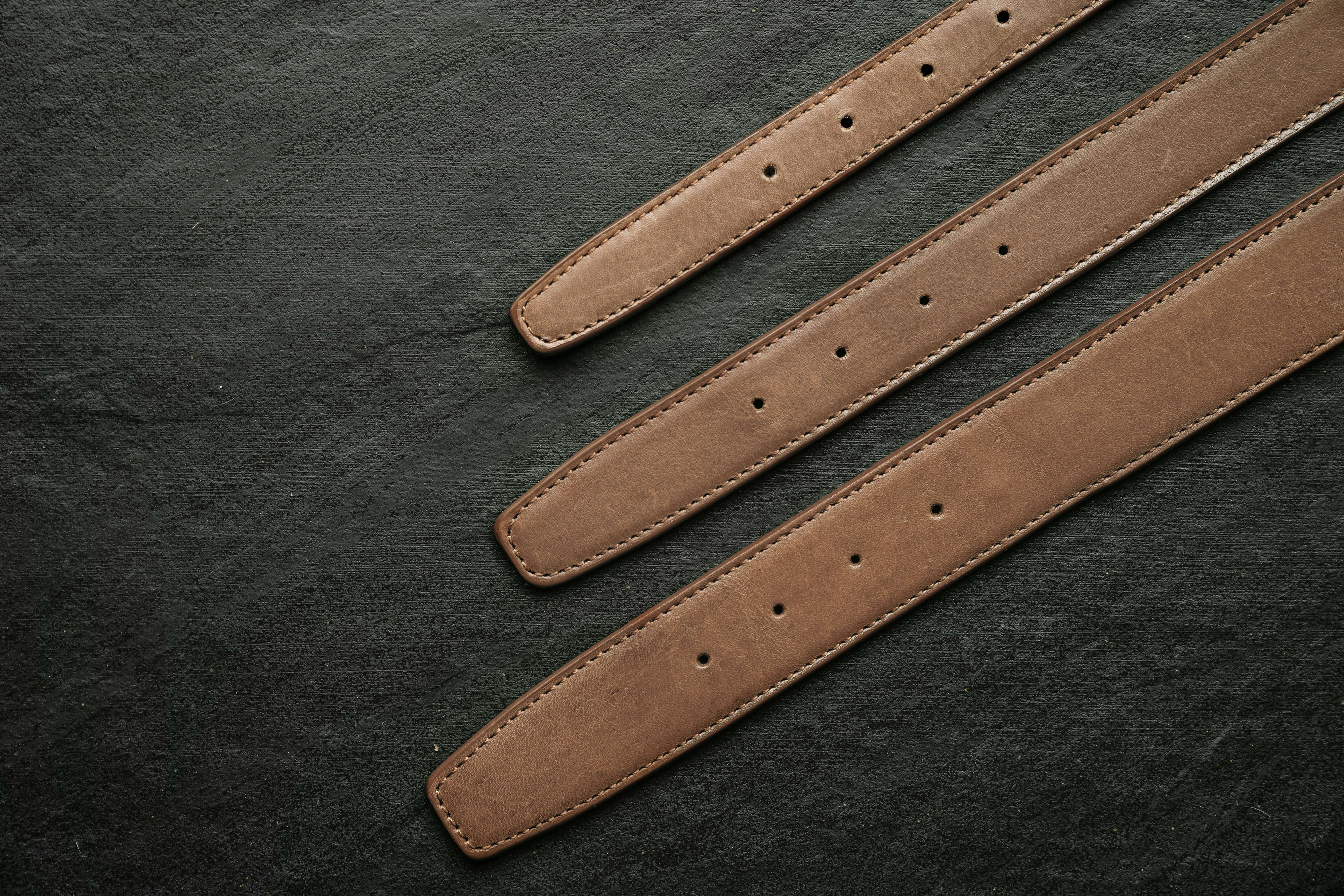What is the ideal Width for a dog collar?
It is nice to know that there are many of us who care about the welfare of our dogs.
Perhaps some believe that the width of a dog's collar does not affect our dogs, but the reality is, it does.
Should the dog collar be narrow or wide?
In our opinion, the collar should not be too narrow as it could cause harm to our dogs.
But first, let's look at the anatomy of our dogs.
In the photo below we can see the anatomy of a dog's neck, so if pressure is applied with a very thin collar we could cause serious damage to our canine without knowing it.

What kind of danger would our dogs suffer for wearing a narrow collar?
The neck of a dog is much more delicate than you think. This area is full of nerves and arteries, as well as the trachea, the mandibular gland, the thyroid, lymph nodes, and cervical vertebrae.
The most prominent problems would be:
-Joint pain
-Infection of the salivary glands
-Increased intraocular pressure
-Hernias
-Chronic pain
-Cramps
-Stress
Let’s analyze one of these potential injuries:
▪ Salivary gland infection is a collection of saliva that has leaked from a damaged salivary gland or salivary duct and has accumulated in the tissues.

The cause of a salivary mucocele is not usually fully identified but suspected to be caused by trauma from a choke chain, and sudden hyperextension of the neck. These can cause stretching or tearing of the salivary gland or the tube that drains saliva from the gland to the mouth.
▪ To be clear neck hyperextension is an injury caused by a sudden forward and then backward movement of the head and neck.
It is clear that all of us who have one or more dogs as a member of our family use a harness, leash, and collar when going out, but if we are honest sometimes we do not put the harness on, such as when we take our dogs out to relieve themselves 2, 3 or 4 times a day depending on your dog and how he's been trained.
We do not always put the harness on our pups for our comfort.
The reality is that no matter how well educated our beloved dogs are, if at the time of relieving themselves they see a friend passing by or an animal that calls their curiosity they will get excited, that's normal, and that's it we know that our dogs will go fast in search for fun, so it is essential that the collar is not too thin.
It is important to know that these sudden "correction" pulls can cause serious damage to dogs such as hernias and even neurological problems.
Therefore, the dog collar must be of a proportional thickness so the dog has greater support when there is an unexpected pull so that the chances of causing damage are low.
How to avoid causing harm to your dog's neck?
1- First, do not forcefully pull the leash in the opposite direction your dog was pulling. One of the worst mistakes you can make is to pull the leash with more force when your dog pulls, thinking that this way you will correct him or her since the impact of the collar on the neck affects the nerves in the area and how these are distributed by the spinal cord of the animal, the dog receives a cramp that can reach the legs.
2- Second, use a wider collar suitable for the size and weight of your dog. This way, if you are not wearing a harness, it does not cause so much pressure on the trachea, the mandibular gland, the thyroid, lymph nodes, and cervical vertebrae.
3- It is always best to use a harness when possible.
When we designed our dog collars, we started from scratch meticulously scrutinized every characteristic of the collars we were creating. Before we started using pencil and paper to design our collars, we studied and prepared ourselves to find out what is really the best for our beloved dogs.
After studying and consulting with veterinarians, we discovered that the thickness of a dog's collar is of utmost importance. We were surprised, but this is reality.
This is why we designed our dog collars based on the size and weight of the dog as well as the best structure for their necks.
These are the reasons we have created three different widths of collars including 3/4 ", 1", and 1-1 / 4 " sizes.

Conclusion
The correct width for the dog's collars should be always on the wide side
In our opinion, the correct width for the dog's collars should always on the wide side. Only then can the pressure be optimally distributed to prevent injuries.
As always, we are happy to know that, like us, you care about the health of our beloved dogs. We invite you to look for more information in other blogs and consult with your veterinarian. At the same time, we would like to invite you to subscribe to our dog Pad "Canine's Magazine" so that you can receive more posts like this concerning the health and well-being of your dog.
Check out our wide collars, designed exclusively for your dog's comfort
- Choosing a selection results in a full page refresh.
- Press the space key then arrow keys to make a selection.
